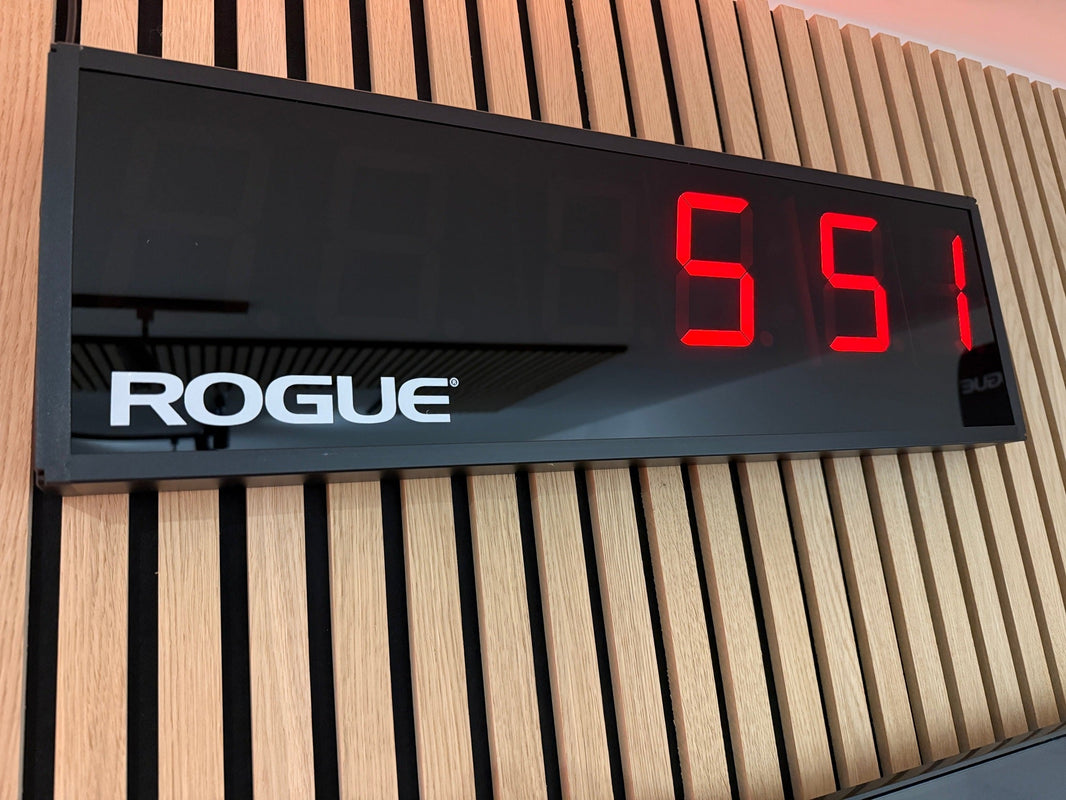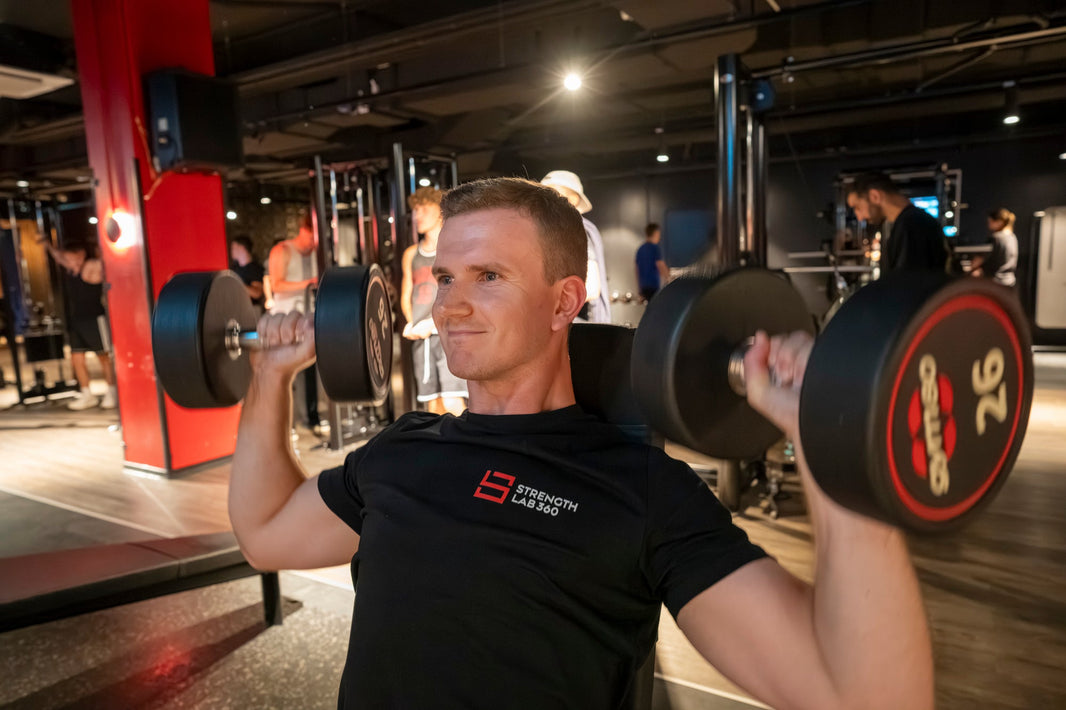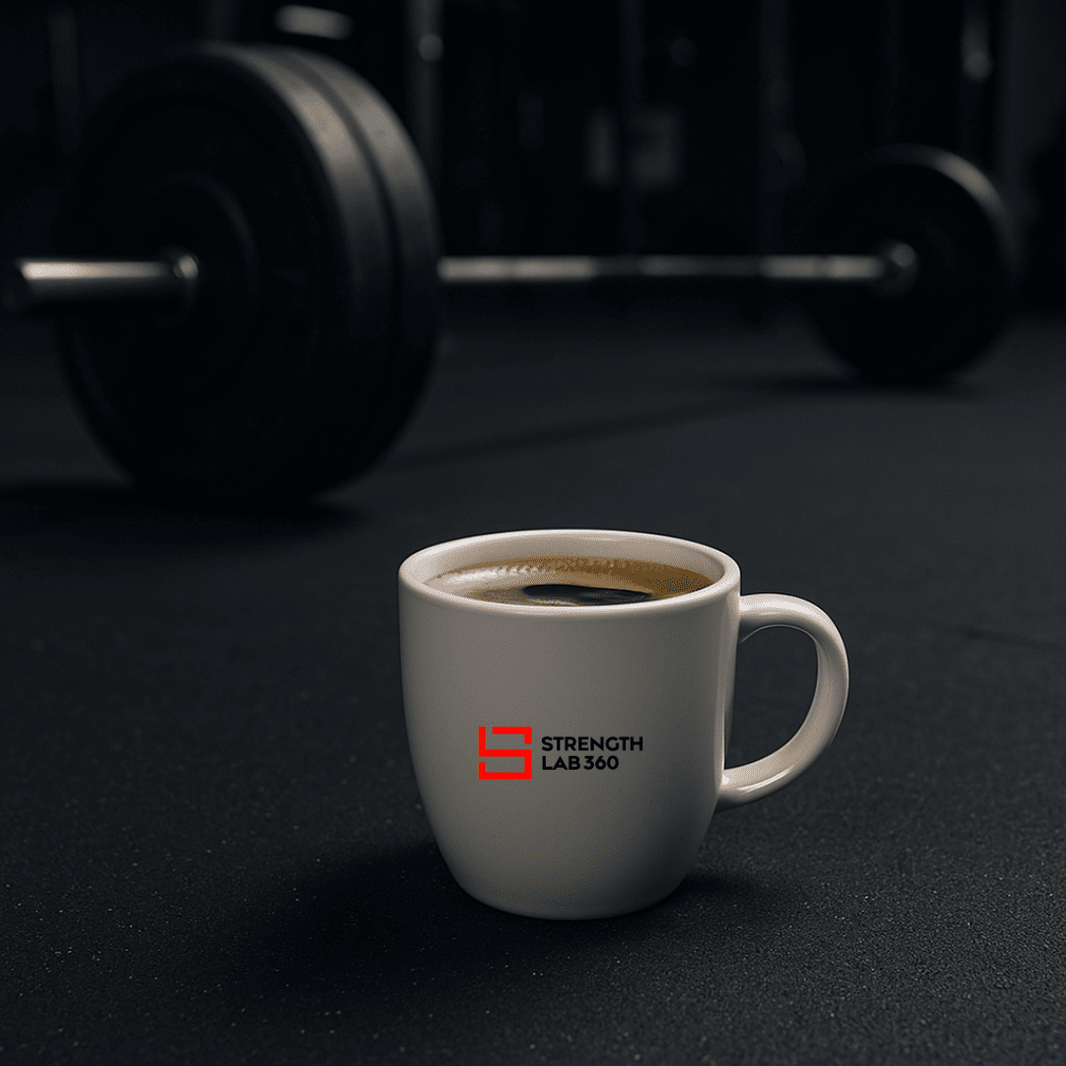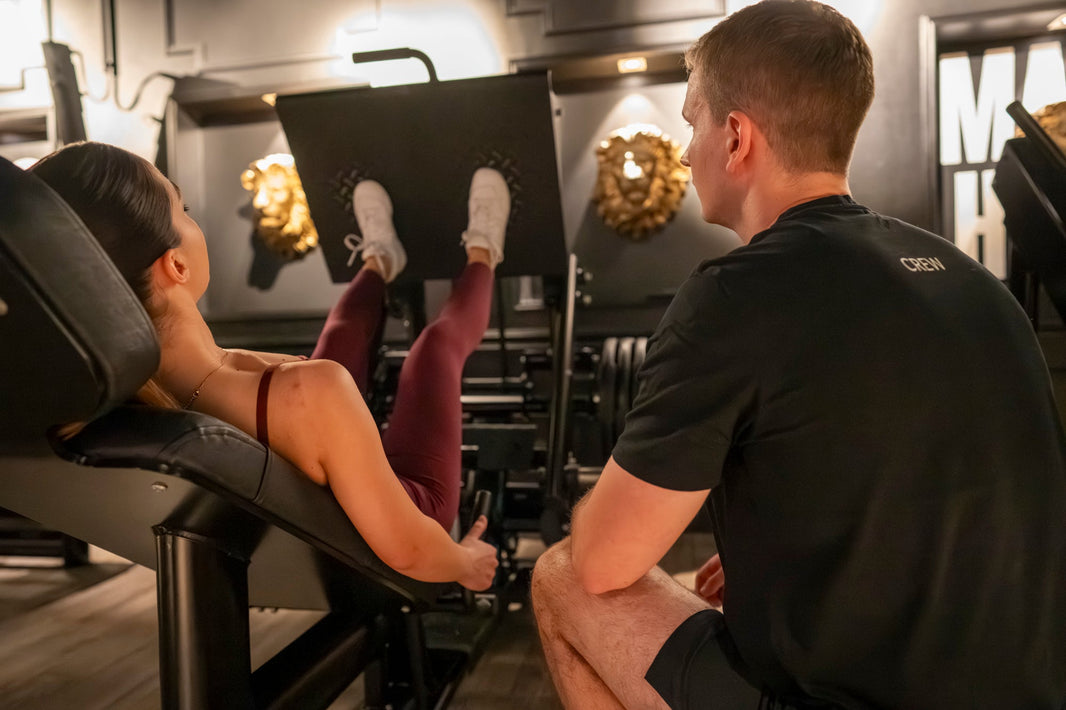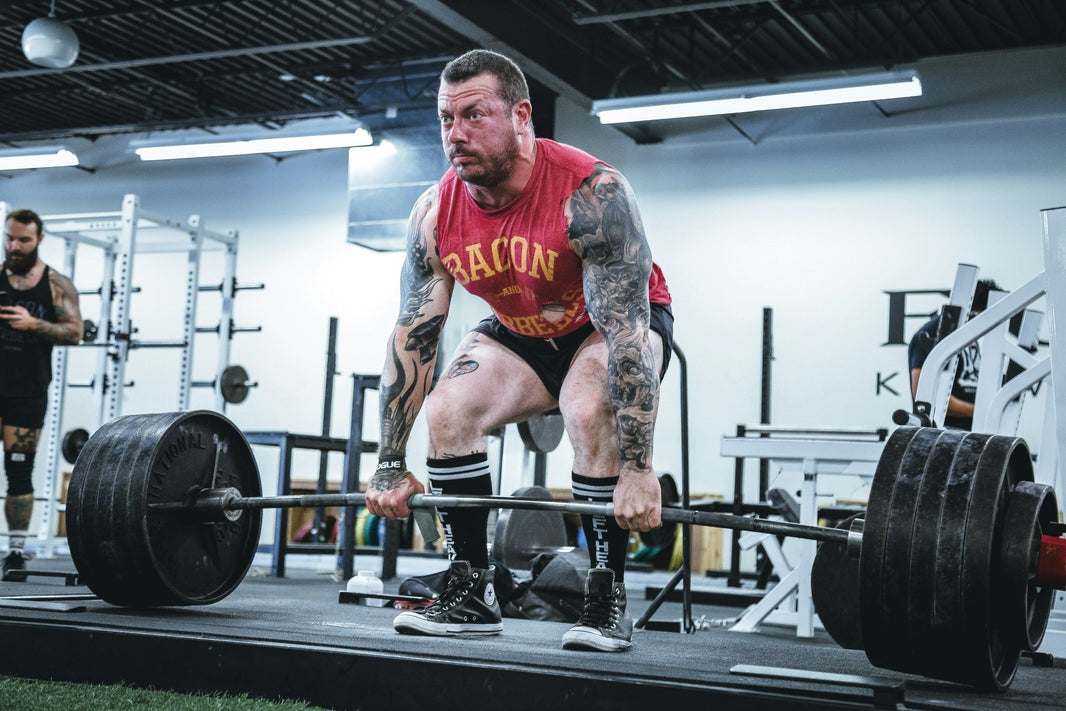neural adaptations within the neuromuscular system. This complex interaction between the nervous system and muscles forms the foundation for strength and performance improvements. At StrengthLab360, we delve into the neuromuscular intricacies to help you optimize your training for maximal results. Neuromuscular Basis of Strength Training:
Neural Adaptations in Strength Training
When you lift weights, your nervous system adapts to improve communication with your muscles. This phenomenon, known as neural adaptation, enables increased strength and efficiency without immediate changes in muscle size. Understanding these neural mechanisms provides insights into how strength training impacts performance, particularly in the early stages of a program.
Key Components of Neural Adaptation
-
Motor Unit Recruitment
Each muscle is composed of motor units, consisting of a motor neuron and the muscle fibers it innervates. Strength training enhances your body’s ability to recruit more motor units during an exercise. This improved recruitment allows for greater force production, particularly in high-intensity lifts (Del Vecchio et al., 2019). -
Rate Coding
The rate at which motor neurons fire (rate coding) directly affects the force output of a muscle. Through consistent strength training, the nervous system becomes more adept at increasing this firing frequency, maximizing force production during heavy lifts (Enoka & Duchateau, 2017). -
Motor Unit Synchronization
Strength training also improves the synchronization of motor unit firing. This means that more motor units fire simultaneously, resulting in smoother, more powerful movements. While its role in maximal strength remains debated, synchronization is crucial for explosive power and coordination (Semmler, 2002). -
Intermuscular Coordination
Effective movement requires various muscles to work together. For example, during a squat, the quadriceps, hamstrings, glutes, and core must coordinate efficiently. Strength training improves this intermuscular coordination, enhancing performance in compound lifts (Carroll et al., 2011).
Muscle Fiber Types and Strength Development
Muscles contain two primary fiber types, each with distinct roles in strength and endurance:
-
Type I Fibers (Slow-Twitch)
These fibers are endurance-oriented, generating low force but sustaining activity for long periods. Strength training helps optimize their activation, contributing to overall muscular endurance (Henneman, 1957). -
Type II Fibers (Fast-Twitch)
Type II fibers are your powerhouses, responsible for generating high force but fatiguing quickly. Regular training, particularly heavy lifting and explosive exercises, enhances their activation, increasing strength and power (Zierath & Hawley, 2004).
Fiber Adaptation Through Training
Strength training can induce shifts in muscle fiber composition, particularly from Type IIx (fast-twitch, low efficiency) to Type IIa (fast-twitch, high efficiency). This adaptation improves both strength and muscular endurance, showcasing the adaptability of skeletal muscle (Andersen & Aagaard, 2000).
The Role of Neural Inhibition
Disinhibition of Protective Mechanisms
The body employs safety mechanisms, such as the Golgi tendon organ, to prevent excessive force that could damage muscles or tendons. Strength training reduces the inhibitory effect of these mechanisms, enabling greater force production without compromising safety (Aagaard et al., 2002).
Enhanced Neural Drive
Neural drive refers to the intensity of the signal sent from the brain to muscles. Increased neural drive, a result of systematic strength training, enhances motor unit recruitment, rate coding, and overall muscle activation (Gabriel et al., 2006).
How StrengthLab360 Leverages Neuromuscular Science
At StrengthLab360, we integrate cutting-edge neuromuscular principles into our platform to optimize your training outcomes.
-
Adaptive Training Algorithms
Our algorithms analyze your performance in real time and adjust your program to ensure progressive overload. This strategic approach enhances both neural adaptations and muscular development. -
Real-Time Analytics
Monitor your neural efficiency and strength progression with precision. By analyzing metrics like motor unit recruitment and firing rates, our platform provides actionable insights to refine your training. -
Video Feedback from Certified Coaches
Proper form is essential for maximizing neuromuscular engagement. StrengthLab360’s certified coaches provide detailed feedback to ensure that every movement activates the target muscles effectively.
Neuromuscular Training in Practice
Exercise Selection
Compound movements like squats, deadlifts, and bench presses require coordination among multiple muscle groups, making them ideal for improving intermuscular coordination and motor unit recruitment. Supplementing with isolation exercises helps refine neural adaptations in specific muscles.
Progressive Overload
Gradually increasing the load on your muscles forces the neuromuscular system to adapt, enhancing strength and coordination. This principle is at the core of all StrengthLab360 programs.
Specificity
Targeted training, such as explosive lifts or tempo work, hones specific aspects of neuromuscular performance, from power output to endurance.
Future Directions in Neuromuscular Training
The field of strength training continues to evolve, with emerging research shedding light on new ways to optimize neuromuscular adaptations.
-
Mind-Muscle Connection
Growing evidence suggests that focusing on the target muscle during exercise enhances activation and neural adaptations. This technique is particularly effective for isolation exercises (Schoenfeld et al., 2018). -
Advanced Technology
Tools such as electromyography (EMG) provide real-time feedback on muscle activation, helping athletes fine-tune their training for maximal neuromuscular engagement. -
Integrative Neuromuscular Training (INT)
Programs combining strength, balance, and coordination exercises have shown promise in enhancing neuromuscular function, particularly in youth and novice athletes (Myer et al., 2013).
Neuromuscular Foundations of Strength Training: Insights on Adaptation
Strength training isn’t just about building muscle size—it’s about optimizing the intricate communication between your nervous system and muscles. Neural adaptations play a pivotal role in early strength gains, while continued training hones both neuromuscular efficiency and muscle hypertrophy.
At StrengthLab360, we harness these principles to help you achieve your fitness goals. Whether you’re an advanced lifter or just starting, our platform combines science-backed strategies with real-time analytics to deliver unparalleled training outcomes.
Join us today and experience the next evolution in strength training, powered by neuromuscular science.
FAQ
The neuromuscular basis of strength training involves the complex interactions between the muscular system and the nervous system. When engaging in strength training, the body undergoes various adaptations that enhance muscular strength and force production. These adaptations can be categorized into neural adaptations and muscular adaptations, with the former focusing on the increased efficiency of the neuromuscular system in recruiting and activating motor units.

